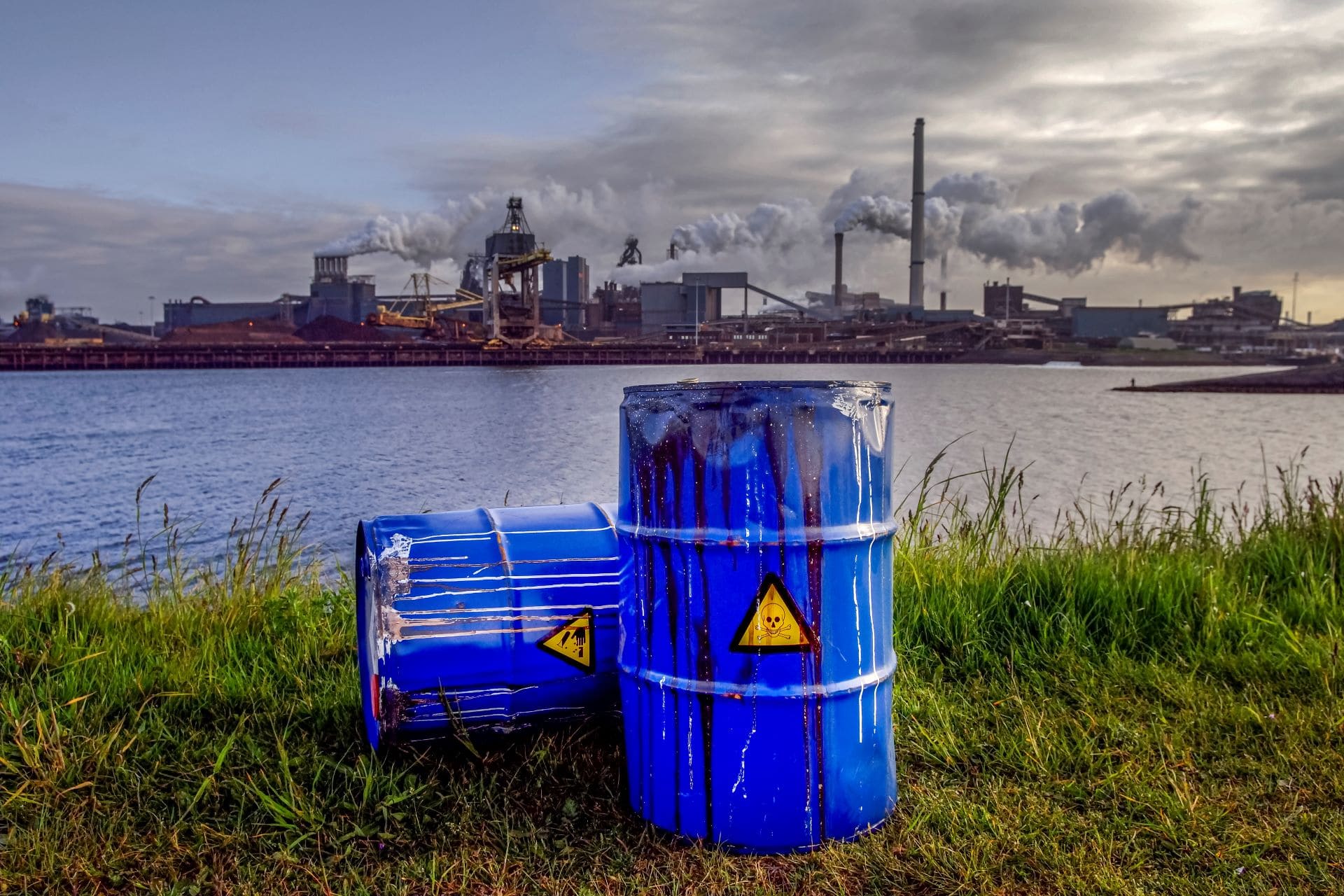EPA has released for public comment guidance on destruction and disposal of certain PFAS and PFAS-Containing Materials. This guidance, published Dec. 18, 2020, highlights how much is still unknown about how to effectively remove these materials from the environment. As characterized by EPA, “This interim guidance serves as a baseline of destruction and disposal capabilities and uncertainties.”
EPA was required to publish the guidance under the National Defense Authorization Act for Fiscal Year 2020 (NDAA). The guidance is not a rule or a statement of EPA policy. It is intended to provide a manager of PFAS-containing materials with information on commercially available technologies that may be feasible and effective in meeting the goals of PFAS destruction or control of PFAS mitigation into the environment. The guidance also takes into account the possible impact of PFAS disposal on potentially vulnerable populations living near disposal facilities.
This is interim guidance, as ongoing research is being conducted to address the data gaps regarding PFAS destruction and disposal technologies. The NDAA requires that EPA revise the guidance as the EPA determines to be appropriate, but not less frequently than once every three years. The deadline to submit comments on the interim guidance is February 22, 2021.
The guidance applies to the following six types of PFAS-containing materials:
- Aqueous film-forming foam
- Soil and biosolids
- Textiles (other than consumer goods)
- Spent filters, membranes, resins, granular carbon, and other waste
- Landfill leachate
- Solid, liquid, or gas waste streams
Three destruction and disposal technologies are discussed: thermal treatment, landfilling, and permitted deep well underground injections. EPA identified these three because they are commercially available and could destroy or manage the migration of PFAS in the environment.
Thermal Treatment
Thermal treatment could include commercial incinerators, cement kilns, aggregate kilns, carbon reactivation units, sewage sludge incinerators, municipal waste combustors, and thermal oxidizers. EPA currently has no emission characterizations from these sources when they burn PFAS and is working to develop measurement methodologies.
EPA does not provide firm guidance on this treatment option, but acknowledges that additional research is needed to minimize data gaps related to potential products of incomplete combustion. It expects to make more informed recommendations when the guidance is next updated.
Landfilling
EPA considers both hazardous waste and municipal solid waste landfills to be feasible and effective disposal options for PFAS. The guidance states, “Care must be taken to apply the leachate control technologies that are effective at containing . . . or destroying PFAS.” EPA acknowledges that there is a “high level of uncertainty associated with PFAS behavior in landfills” and that research is needed into the effects of PFAS on liner integrity, gaseous emissions, and the effectiveness of leachate treatment.
Permitted Deep Well Underground Injections
This disposal method is only applicable to liquids with a low concentration of suspended solids. In addition, the practicability of this technology may be limited due to the small number of wells currently receiving PFAS.
Because of the limitations on knowledge about these three main technologies, EPA also highlights that interim storage “may be an option if the immediate destruction or disposal or disposal of PFAS and PFAS-containing materials is not imperative.” It estimates that interim period to be from two to five years until further research reduces uncertainties for other disposal or destruction options.
EPA has identified three broad areas of research needed address these uncertainties:
- better characterize the multi-media PFAS-containing materials targeted for destruction or disposal
- measure and assess the effectiveness of existing methods for PFAS destruction, improve existing methods, and develop new methods for PFAS destruction
- measure and assess the effectiveness of existing methods for PFAS disposal, improve existing methods, and develop new methods for PFAS disposal
While this research is still very much ongoing and will be for some time, affected entities are faced with a need to make disposal decisions today. The increasing regulation and establishment of remediation and drinking water criteria by states means that more and more entities – public and private – have to answer these tough questions now. Whether it is PFAS-impacted investigation-derived waste, spent carbon from water treatment, or even impacted construction debris and dirt, generators and disposal companies alike must evaluate options and make risk-based decisions based on the imperfect knowledge of today.
If you have questions regarding PFAS in general or PFAS disposal, please contact our PFAS team members: Jennifer Baker, Tammy Helminski, Jeff Longsworth.













